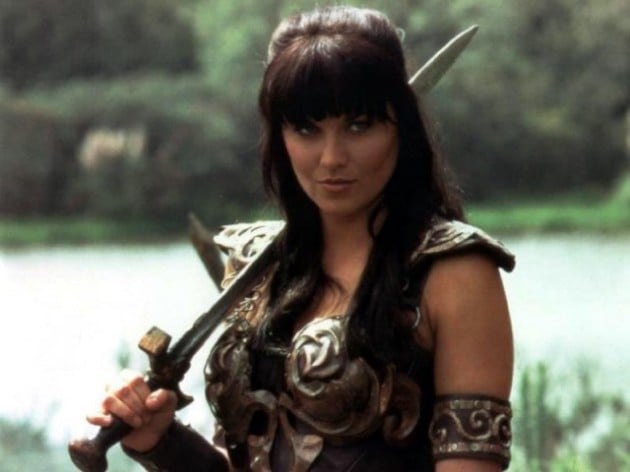Cliches, Then and Now
The golden rule of any creative writing course is the often-repeated, “Show; don’t tell.” A close second is to avoid clichés—clichés such as “to spread like wildfire,” “as fair as a lily,” “as gentle as a lamb,” and virtually all figurative language having to do with the moon. Unfortunately, given that the English language as we know it has been around for nearly 500 years, stockpiling metaphors and idioms since Shakespeare’s day, it’s practically impossible to say something that hasn’t been said before. Even in Elizabethan times, certain figurative language had already become old hat, as Shakespeare famously parodied in his “My mistress’s eyes are nothing like the sun” sonnet. As French poet Gérard de Nerval once pointed out, “The first man who compared woman to a rose was a poet; the second, an imbecile.”
The very term “cliché” comes from the French word for a printing plate composed of moveable type, and in a world that seems to revolve around media and entertainment, clichés can manifest themselves as sayings, overdone situations and plot devices, TV tropes, and stock characters. Paradoxically, clichés often start out as fresh ways of looking at a situation. For example, “to bite the bullet,” refers to war-time surgeons who had run out of anesthetic urging patients to literally bite a bullet to keep from screaming during surgery. Back in its 19th century heyday, (the first recorded use of this phrase was in Rudyard Kipling’s novel, The Light That Failed), it must have been a vivid and shocking way of urging someone to stoically endure a difficult situation. However, the phrase stuck around long enough that its reference became obsolete, rendering it worn out and uninteresting.
The trap of clichés is especially insidious for beginning writers, because it’s impossible to gauge everything that might or might not be a cliché until you’ve read everything there is to read. As a college freshman, I was stunned to have a professor dismiss the characters of a novella I was writing—whom I genuinely believed were unique and three-dimensional—as “Dickensian.” On the other hand, I once knew a girl who had seen every TV show ever made, thus giving her a unique clairvoyance when it came to predicting plot arcs and season finales in every new series she watched.
 Interestingly, in the light of recent subcultures obsessed with bygone eras—such as Steampunk and the even more obscure Chap-hop, a hybrid hipster/hip-hop musical genre that pokes fun at English stereotypes, such as drinking tea and being polite—certain vintage clichés are making a comeback as ways of speaking. For example, the scathing dis, “I don’t like the cut of your jib, sir,” or bragging about a fight by saying, “I gave him the ol’ one-two!”—phrases like these can be revived ironically by the younger generation and then evolve organically into genuine parts of the vernacular. Alternatively, it is possible to revive a cliché by turning it on its head, or changing it in a way the general public won’t expect. The classic “damsel in distress” cliché has been reversed so many times in popular culture, with characters from Xena the Warrior Princess to Lieutenant Ripley to every female character ever conceived by Joss Whedon, that self-confident warrior women have become a cliché in their own right.
Interestingly, in the light of recent subcultures obsessed with bygone eras—such as Steampunk and the even more obscure Chap-hop, a hybrid hipster/hip-hop musical genre that pokes fun at English stereotypes, such as drinking tea and being polite—certain vintage clichés are making a comeback as ways of speaking. For example, the scathing dis, “I don’t like the cut of your jib, sir,” or bragging about a fight by saying, “I gave him the ol’ one-two!”—phrases like these can be revived ironically by the younger generation and then evolve organically into genuine parts of the vernacular. Alternatively, it is possible to revive a cliché by turning it on its head, or changing it in a way the general public won’t expect. The classic “damsel in distress” cliché has been reversed so many times in popular culture, with characters from Xena the Warrior Princess to Lieutenant Ripley to every female character ever conceived by Joss Whedon, that self-confident warrior women have become a cliché in their own right.
While it can be difficult trying to pick your way through the minefield of clichés when taking on a creative endeavor, it can also be a bracing challenge, seeking the words to express yourself in a unique and interesting way. If you’re struggling with clichés in your writing, the best thing for you is to keep reading; that way, you can get a good idea of commonly used language to avoid, as well as expose yourself to different ways to communicate your ideas. While the taboo on cliché usage can be a pain, it’s also an exciting way to test the limits of the human imagination.
What other clichés can you think of?
